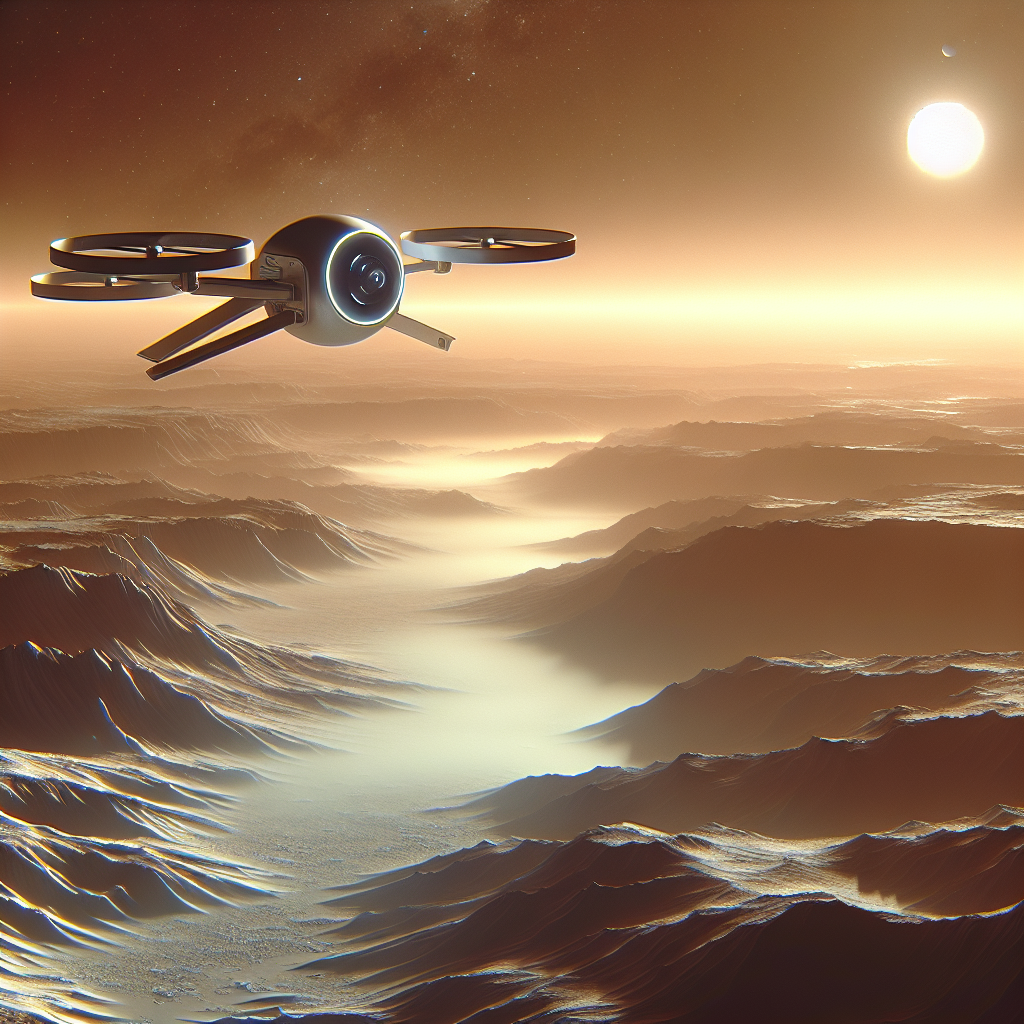NASA’s Dragonfly mission to Saturn’s largest moon, Titan, represents a groundbreaking endeavor in the search for alien chemistry and potentially, the building blocks of life beyond Earth. Scheduled for launch in the mid-2020s, this innovative rotorcraft will fly multiple missions across Titan’s diverse environments to study prebiotic chemistry and extraterrestrial habitability.
The Science Behind NASA’s Dragonfly Mission
Titan is a compelling target for scientific investigation due to its dense, nitrogen-rich atmosphere, organic material-rich surface, and subsurface ocean. These features make it one of the most Earth-like bodies in the solar system and a prime candidate for the study of prebiotic chemistry—chemical processes that precede the formation of life. Dragonfly aims to explore this alien landscape, analyzing samples to understand how far prebiotic chemistry may have progressed on Titan.
The mission will utilize a drone-like rotorcraft, which takes advantage of Titan’s thick atmosphere and low gravity to hop across the moon’s surface. This mobility allows Dragonfly to cover a variety of geographical features, from dune-filled equatorial regions to the icy plains and organic lakes of the polar areas.
What Dragonfly Could Discover About Alien Chemistry
One of the primary objectives of NASA’s Dragonfly mission is to measure the molecular composition of Titan’s environment. Scientists believe that Titan’s surface could be simulating the conditions of early Earth, providing clues about the processes that might lead to life. Dragonfly will carry instruments capable of identifying complex organic molecules, which are the building blocks of life as we know it, and could potentially uncover pathways for similar life-forming chemistry on other worlds.
Moreover, the rotorcraft will investigate the atmospheric and surface properties to understand how far chemical processes have evolved. This includes studying the moon’s methane cycle—akin to Earth’s water cycle—which could provide further insights into its meteorological dynamics and surface evolution.
Implications for Astrobiology and Beyond
The findings from Dragonfly could extend beyond our understanding of Titan itself. By studying Titan’s prebiotic chemistry, scientists hope to gain insights into the chemical precursors of life that could also exist on other celestial bodies. This mission could essentially help us understand the conditions necessary for life and inform the search for life in the broader cosmos.
Furthermore, Dragonfly’s findings could influence future missions to icy worlds in the outer solar system, such as Jupiter’s moon Europa and Saturn’s moon Enceladus, both of which are thought to harbor subsurface oceans and possibly life.
Challenges and Expectations
Despite the high hopes, the Dragonfly mission faces significant challenges. Titan’s extreme cold, dense atmosphere, and vast distances from Earth pose logistical and engineering hurdles. Moreover, the complexity of flying a drone-like craft on another planet adds layers of technical difficulty to the mission.
However, if successful, Dragonfly will be the first mission of its kind, heralding a new era of planetary exploration where aerial mobility could become a standard approach for exploring other worlds.
In conclusion, NASA’s Dragonfly mission could revolutionize our understanding of alien chemistry and the potential for life in the universe. By exploring the unique environment of Titan, this mission may uncover whether the processes observed there are a common pathway in the cosmos, potentially leading to life. As we anticipate the launch of Dragonfly, the prospects of what we might discover continue to fuel scientific inquiry and our imagination about what lies beyond our home planet.


